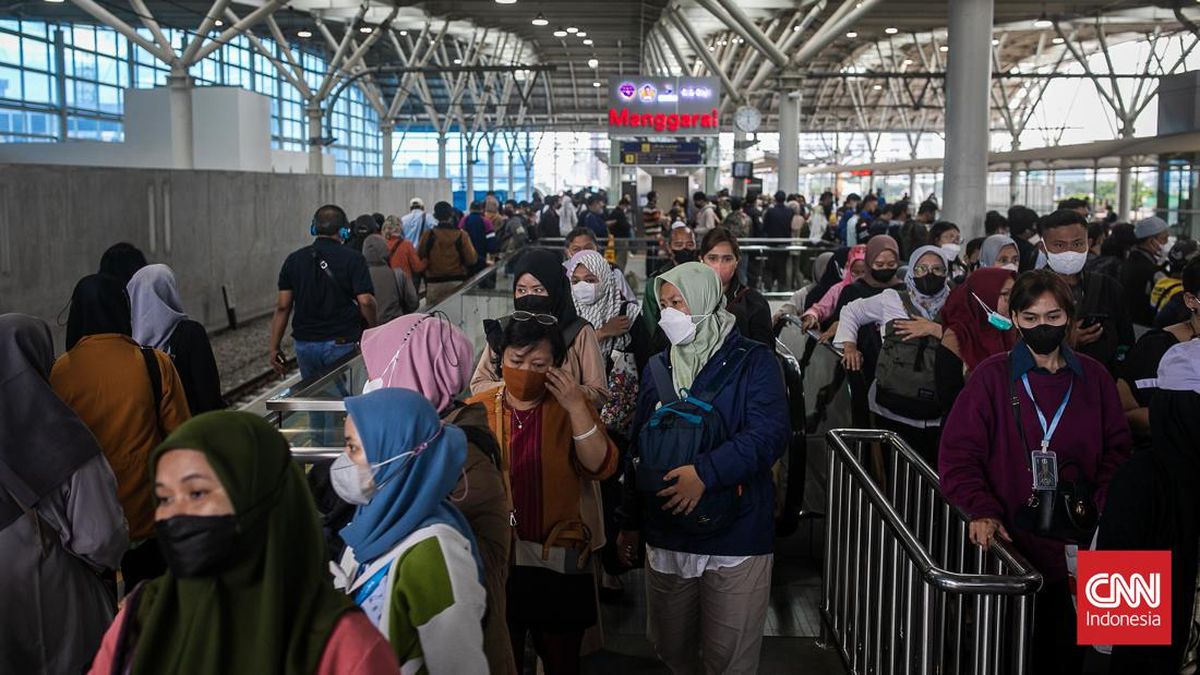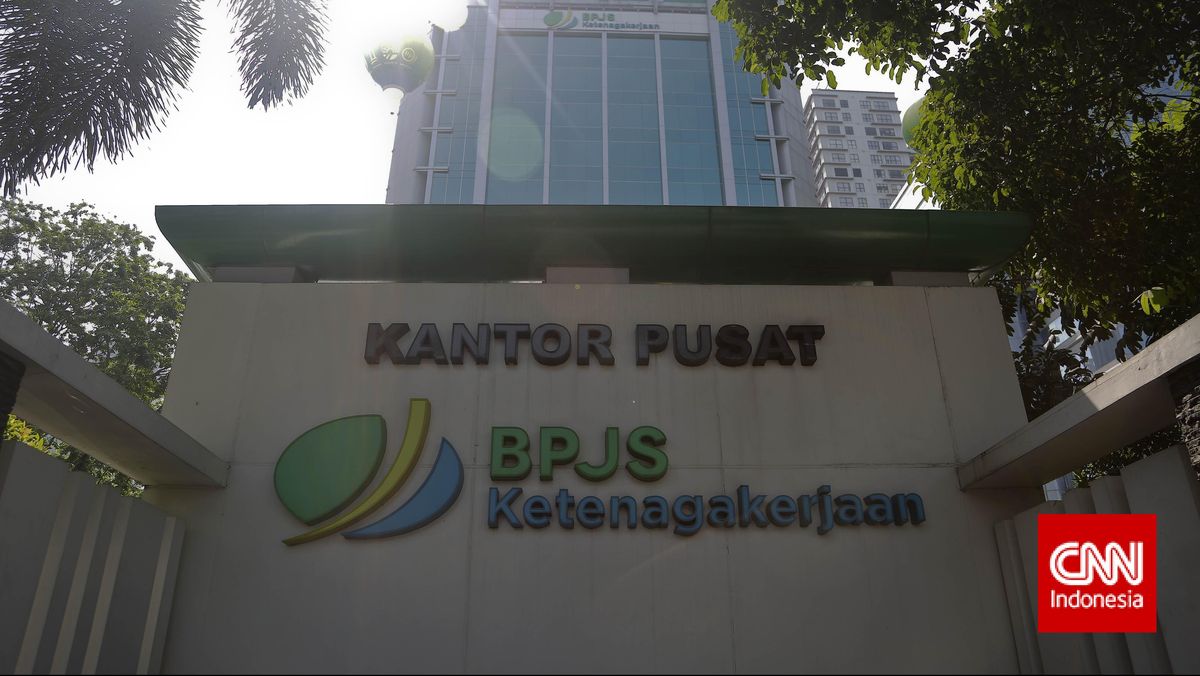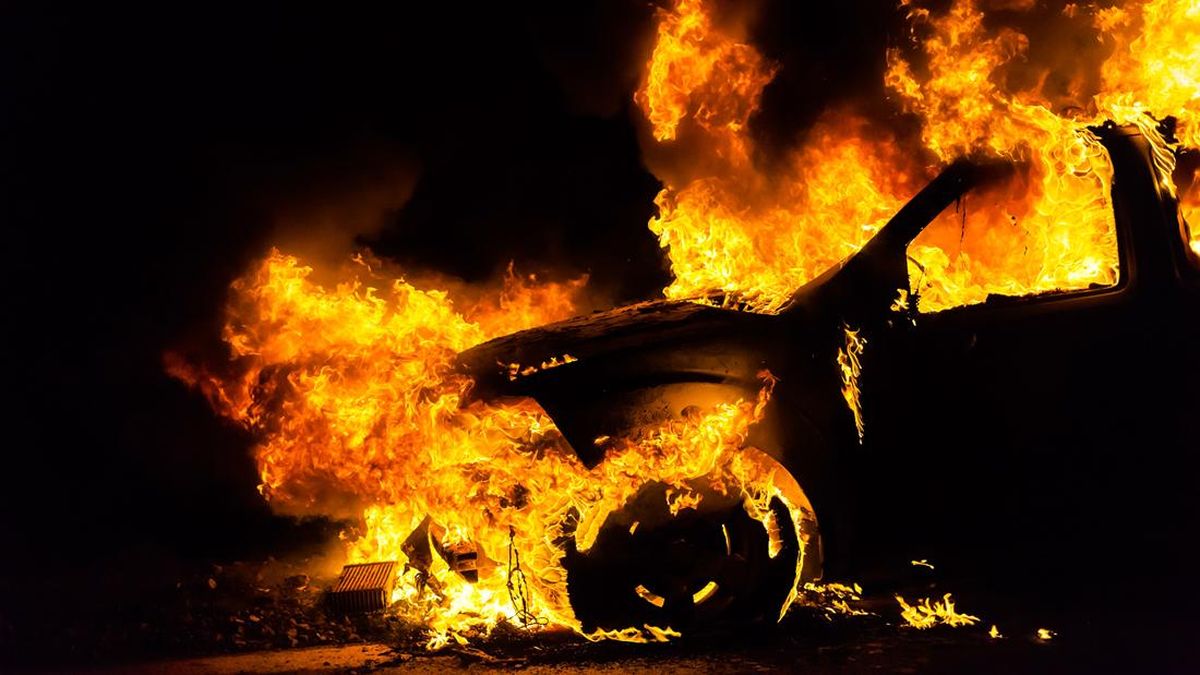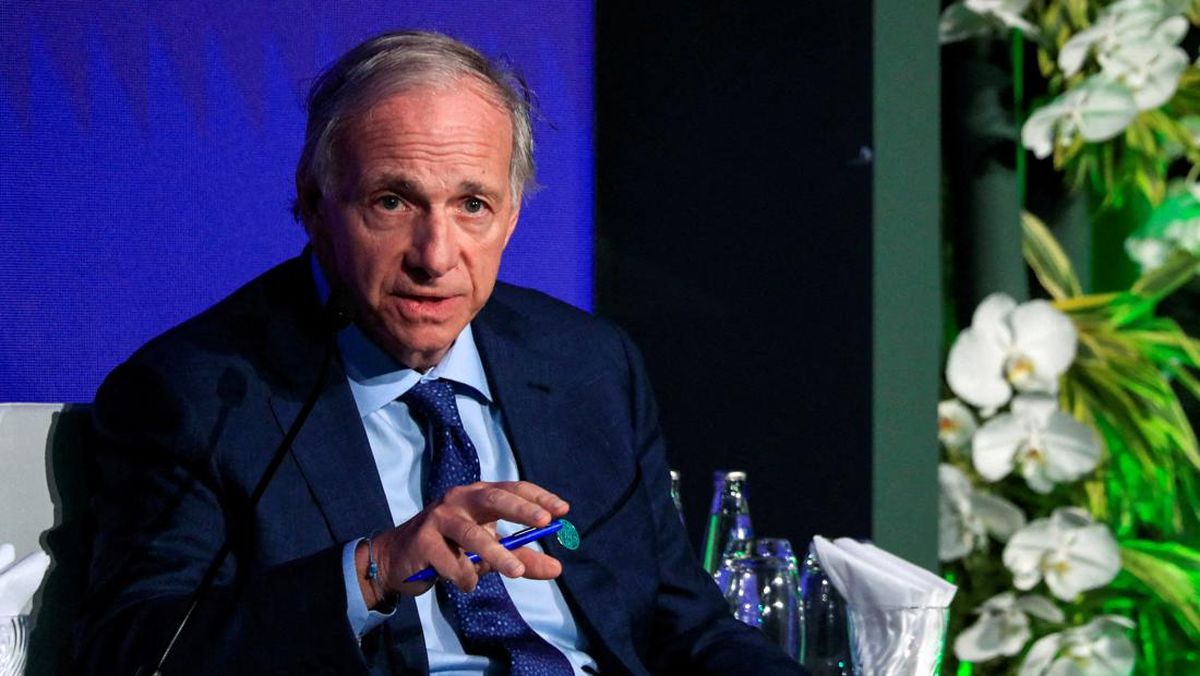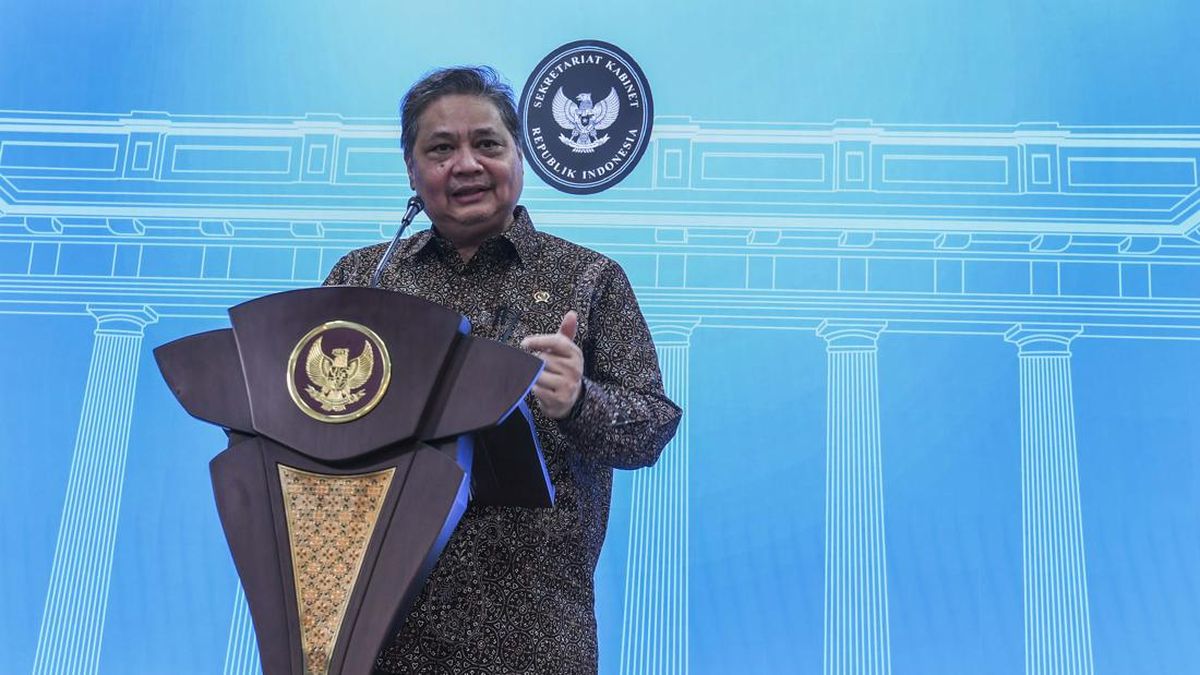General Anil Chauhan, India’s chief of defence staff, has admitted that an unspecified number of fighter jets were shot down during its conflict with Pakistan last month.
The acknowledgement of aerial losses by the country’s highest ranking general comes weeks after the two South Asian neighbours were engaged in their heaviest fighting in decades, which involved fighter jets and cruise missiles.
Indian officials had previously refused to confirm or deny Pakistani claims of downing Indian jets. The conflict was triggered after gunmen killed 26 tourists in India-administered Kashmir’s Pahalgam town on April 22.
India’s first official admission of a loss of fighter jets came during Chauhan’s interviews on the sidelines of the Shangri-La Dialogue security forum in Singapore.
What was the conflict between India and Pakistan?
India carried out strikes on what it called “terror infrastructure” in Pakistan and Pakistan-administered Kashmir on May 7 in retaliation for the Pahalgam attack. India blamed armed groups backed by Pakistan for the April 22 attack.
An armed group called The Resistance Front (TRF) claimed responsibility for the Pahalgam killings. India accused the TRF of being an offshoot of the Pakistan-based armed group Lashkar-e-Taiba (LeT). Pakistan denied involvement, condemning the Pahalgam attack and calling for a neutral investigation.
India claimed to have targeted at least six cities in Pakistan and Pakistan-administered Kashmir on the first day of the conflict. Pakistan initially asserted that it had downed six Indian fighter jets in retaliation. But a senior Pakistan official told Al Jazeera five Indian aircraft were lost in the aerial battle.
India did not confirm or deny the Pakistani claims. “Losses are a part of combat,” Air Marshal AK Bharti, India’s director general of air operations, said at a news conference on May 11.
The Indian embassy in China called reports of the downing of jets “disinformation”.
After that, tit-for-tat cross-border attacks across the Line of Control (LoC), the de facto border between India- and Pakistan-administered Kashmir, rattled the region, renewing fears of a nuclear war.
On May 10, United States President Donald Trump announced that the two countries had reached a ceasefire, potentially averting a “nuclear disaster”. India and Pakistan have given competing claims on casualties in the fighting, but more than 70 people were killed on both sides.
Both India and Pakistan claim Kashmir in full but administer only parts of the Muslim-majority Himalayan territory.
Here is what Chauhan said in recent interviews with the Reuters news agency and Bloomberg TV:
On the downing of Indian fighter jets
Chauhan admitted that India suffered air losses on the first day of fighting without giving details.
In an interview with Reuters, he said: “What was important is why did these losses occur and what we’ll do after that.”
The Indian general said that after the losses, the Indian army “rectified tactics” and then went back on May 7, 8 and 10 “in large numbers to hit airbases deep inside Pakistan, penetrated all their air defences with impunity, carried out precision strikes”. He added that the Indian air force “flew all types of aircraft with all types of ordnances” on May 10.
Islamabad acknowledged that its airbases suffered some minimal losses but denied that it lost any planes.
When a Bloomberg reporter asked Chauhan about Pakistan’s claims that six Indian jets were downed, Chauhan responded that this information was incorrect.
He went on to say: “What is important is … not the jets being downed but why they were downed.” Some media outlets inferred that his statement appeared to imply that a number of jets were lost in the aerial battle.
The general did not provide details about the number of jets downed or specifics about what these rectified tactics were.
The Pakistani military said India did not fly its fighter jets in the conflict again after suffering the air losses.
On the risks of nuclear war
Media reports suggested that some attacks were near Pakistan’s nuclear sites but the nuclear infrastructure itself was not a target.
“Most of the strikes were delivered with pinpoint accuracy, some even to a metre [3.3ft] to whatever was our selected mean point of impact,” Chauhan said in the interview with Reuters.
Chauhan had previously provided assurances that India was not considering using nuclear weapons during the conflict. The chairman of Pakistan’s joint chiefs of staff, General Sahir Shamshad Mirza, has done the same for his country.
“I think there’s a lot of space before that nuclear threshold is crossed, a lot of signalling before that. I think nothing like that happened. There’s a lot of space for conventional operations which has been created, and this will be the new norm,” Chauhan said.
The Indian general added that on both sides, the most “rational people are in uniform” during conflict because they understand the consequences of “this kind of conflict”.
“I found both sides displaying a lot of rationality in their thoughts as well as actions. So why should we assume that in the nuclear domain there will be irrationality on someone else’s part?”
On Chinese role
The Indian chief of defence staff said that while Pakistan enjoys a close alliance with China, there was no sign that Beijing helped Islamabad during the conflict.
China sits on India’s northern and eastern borders and controls a barely inhabited northeastern zone in Kashmir called Aksai Chin.
“We didn’t find any unusual activity in the operational or tactical depth of our northern borders, and things were generally all right,” Chauhan said.
When Chauhan was asked whether China provided Pakistan with intelligence information such as satellite imagery, the Indian general responded by saying that such information is commercially available and Pakistan could have obtained it from China or other sources.
However, Chauhan said “almost 80 percent of the equipment” in Pakistan has been procured from China in the past few years.
From 2020 to 2025, China supplied 81 percent of Pakistan’s arms imports, according to the Stockholm International Peace Research Institute.
Chinese jets got a boost after media reports said Pakistan used Chinese-manufactured J-10C fighter jets in the air battle. The Chinese government did not officially confirm that the J-10C jets were used to down Indian jets, but China Central Television, a state broadcaster, posted on social media on May 17 that the jets achieved actual combat results for the first time.
What’s next
Chauhan said that while hostilities have ceased, India would “respond precisely and decisively should there be any further terror attacks emanating from Pakistan”. He added that this will be a new normal for India.
“So that has its own dynamics as far [as] the armed forces are concerned. It will require us to be prepared 24/7.”
The president of the main opposition Indian National Congress party said Chauhan’s admission warrants a review of India’s defence preparedness.
“There are some very important questions which need to be asked. These can only be asked if a Special Session of the Parliament is immediately convened,” Mallikarjun Kharge wrote in an X post on Saturday.
Referring to Indian Prime Minister Narendra Modi, he added: “The Modi Govt has misled the nation. The fog of war is now clearing.”
“We salute [the Indian military’s] resolute courage and bravery,” Kharge said. “However, a comprehensive strategic review is the need of the hour.”
The Congress party has called the Pahalgam attack a “security and intelligence failure” and sought accountability, given that India-administered Kashmir is directly governed from New Delhi.

 3 months ago
36
3 months ago
36






